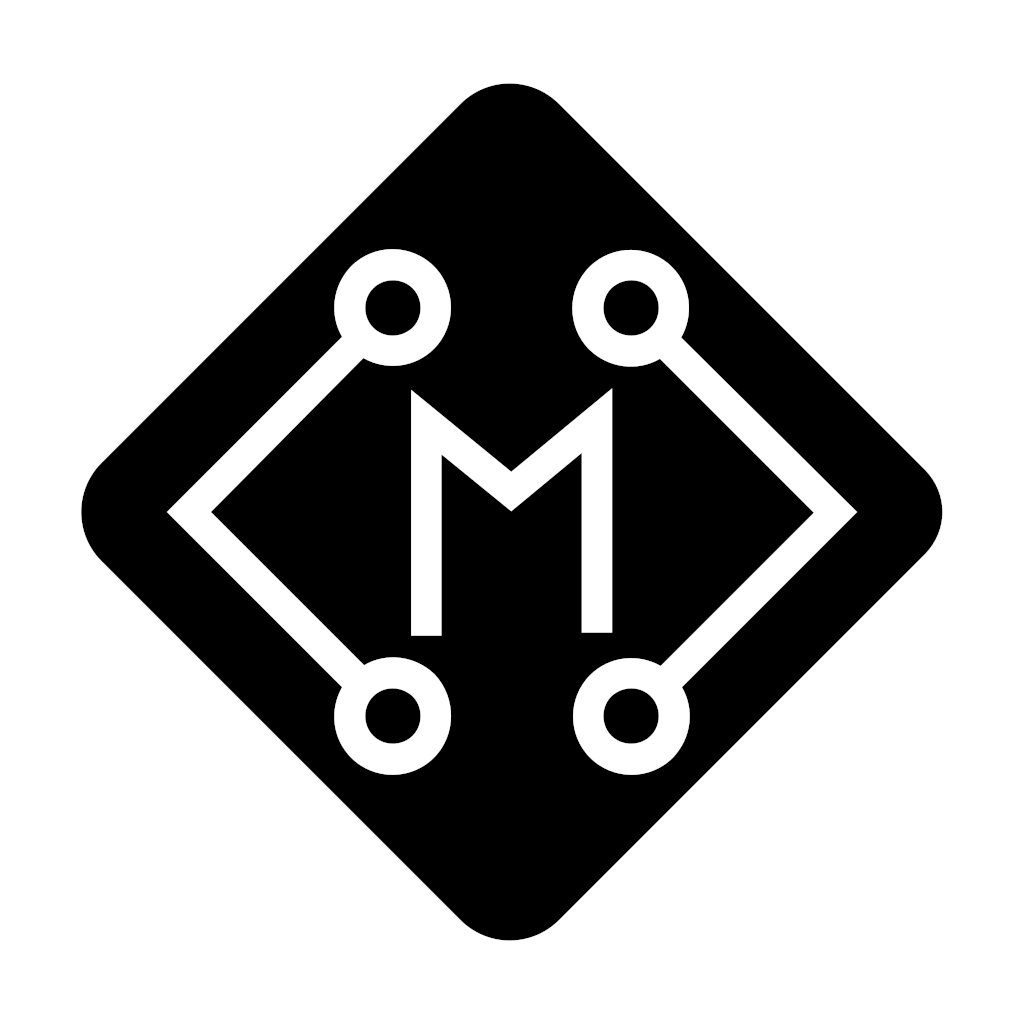What Linux distro do you use? What do you use it for? What is your experience with it? Why did you switch to Linux?
Used to do pop, currently manjaro, liked it a lot and might go for straight arch in the future.
A few nitpicks here and there, since I do gaming and general internet browsing, it’s a hit or miss situation, but usually solving a problem means it won’t be a headache in the future, unlike with windows. In general it’s just tradeoffs, you get to brush off really stupid issues that pop up on windows for no good reason, but then compatibility (which afaik is actively worsened on purpose) becomes an issue with multiple elements that have to be circumvented individually, like the drm chip on my xbox controller or browser hardware acceleration.
My main reason is that I hate windows, but I’m progressively liking the concept of not being owned by the companies that make my software more and more.
PopOs + arch,
My way to go theses last timesTbh lemmy is already oversaturated with linux content. I use Zorin OS, and before that I was using Mint for a very long time, then tried out Pop OS!. It’s my computer, so I use it whatever I want for. Zorin looks very good, is very stable (because kernel and software are not the bleeding edge). I switched to Linux because I was unable to install Windows on my brand new PC (some kind of error, I don’t remember anymore).
- Arch
- daily everything (programming, gaming, whatever else flies my way)
- good, wouldn’t recommend this in particular to new people unless they aren’t afraid of a steep learning curve
- privacy, more control over my system, and my computer finally does what I tell it to. (Even if sometimes it probably shouldn’t, but then that’s on me). Oh also: it makes programming so much more enjoyable. Need a dependency
pacman -Syu whatever-i-need, done.
What’s part of the learning curve?
Probably the installation of the distro itself, since it doesn’t have a graphical interface that most computer savvy people are used to. I’ve heard that nvidia driver installation used to be complicated, and it’s usually necessary to employ command line for that. And even after you install Gnome or KDE, you’d still probably have to use bash for many, many things that you want to adjust or install. Oh, and since it’s a rolling distro, it can easily stop working after you update it. That’s what I know, I’ve never used Arch myself, been sticking to Debian-based distros for now.
Re: rolling updates breaking stuff. Doesn’t really happen. If there’s an issue updating there’s usually already an announcement explaining why and what to do. Also, Archwikiist just great.
Debian, it just works and it’s stable.
I’ve tried pretty much all major distros over the last 15 years, and I always come back to debian.
Probably because it’s simply the best, other distros may have fancy features but at the end of the day people want something stable
Gonna go out of limb and say Linux Mint. Very easy to setup, got everything I need for work.
Aside from that, I use Debian & Gentoo, but it’s more advanced.
Yeah I like Linux Mint a lot. Great way to breathe some life into an old, otherwise unusable Windows computer, or just a nice intro to Linux without the obnoxious UI stuff from Ubuntu.
- Fedora
- Everything I need. Study, programming, browsing, gaming, talking on Discord.
- It works fine. I sometimes get black screen for 0.5 second at random, like maybe once every week. Also sometimes after suspending I need to restart pipewire to get audio back. But these are minor inconveniences.
- I didn’t want to limit myself with windows. On Linux I can do what I want. And programming dependencies are way easier to install. like make, gcc, cmake, rust cargo, etc.
I utilize both Arch & Debian. Arch is for my daily driver, it would’ve been Debian but I don’t want to make a Frankedebian by updating to latest GPU drivers and other utilities. I use it for just about anything, solid distro, not much to say.
Debian is my distro of choice for anything server related. The services I host are all on Debian. It’s reliable, secure and focuses a lot on free software.
Slackware
I went with kubuntu. Mostly used for internet surfing and media viewing. Has been considering to switch to open suse. Doesn’t want to pay nor subscribe to anything for such usage.
I use Linux in the cloud- Ubuntu, Amazon Linux 2, RHEL. Pretty much the whole internet runs on Linux, so that’s what I do- app servers, load balancers, workstations, etc.
Kubuntu on my main while I set up my Proxmox VE home lab. Plasma is superbly customisable, but there’s something about Gnome that’s so pleasing to the eyes that makes me look up ways to make Gnome work for me.
I have decided that xRDP is how I want to access my VMs (the only protocol that I’m able to reliably get multi display to work without additional configurations), so that’s my bare minimum requirement for now. The test Debian VM I had straight up would not install the xRDP Easy Install script.
Switched to Linux (on my spare laptop) because that’s what the programming tutorial I was following at that time recommended (though I’ve had experience with Ubuntu on and off before this). Such a delightful experience setting up programming stuff on Linux compared to Windows (I know WSL exists, but I like to keep my environments separate). Now my Linux spare laptop is my main PC, while I’ve barely turned on my “main” Windows laptop lately. Helps that my entertainment is mainly YouTube and not much gaming, though I played a few steam games on it before with a few quirks.
What Linux distro do you use? What do you use it for?
Arch Linux, it’s the most maintainable way to run the last versions of the software on my machine, which is useful to me as a developer.
What is your experience with it?
Breakage is rare. When it does happen, though, I can easily unbreak it by downgrading whichever single package lead to the breakage and its dependencies, and adding them to a
IgnorePkgdirective in my/etc/pacman.conf.Occasionally, I need to watch out for configuration files installed as
.pacnewand upgrade my existing configuration to the new version (usually, it’s only comments that have changed between the current conf version and the.pacnewone, so nothing to do).Besides that, it works pretty much flawlessly. Arch Linux doesn’t patronize you with a “Don’t worry about that, we’ll handle it for you” attitude like Ubuntu, Fedora, or macOS. And there is no lower-effort way than Arch Linux to run the latest version of all software you have installed.
Why did you switch to Linux?
As a developer, I needed a *nix environment, but my workplace only gave me Windows. Cygwin was a pain to configure, required converting between Windows paths and Cygwin paths every step of the way in order to interoperate with my Windows environment (this was before WSL), and Windows-style line endings made my terminal look weird with some frequency.
I didn’t start with Arch right away, I started with Antergos (a now discontinued Arch installer), which set things up initially and let me work with it from there. Importantly, it didn’t involve a completely separate package manager like Manjaro. If you want to use Arch, don’t start with Manjaro, because if you do, you will probably stay on Manjaro. A list of Arch-based distros is here, if you want to take this approach (Warning: Some people use an Arch installer, which is initially easy, accidentally break everything on an upgrade, and are unable to get it working again, so only do this if you’re committed to fixing your own problems).






